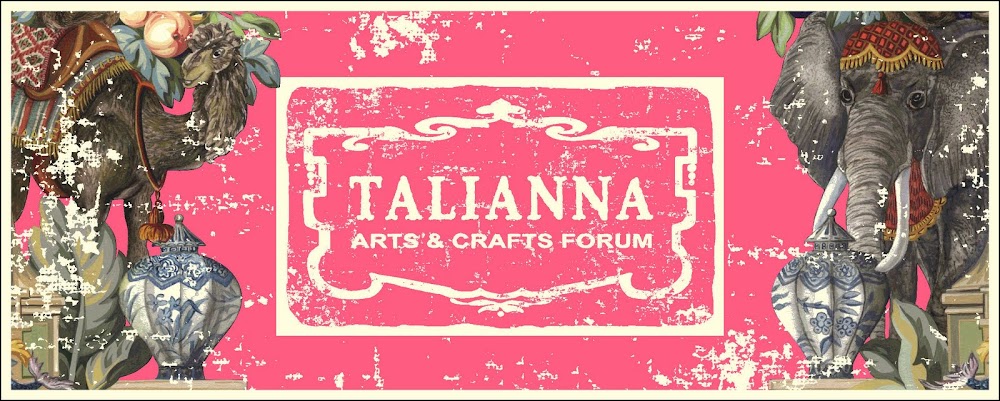 |
| My old attic - a place of memories, ghosts, and dreams..... |
As with loved ones and loved things we can also feel pain from the loss of a way of life or historic epoch that exists now only in memory. This pain is usually subtler than the other forms of loss, but it does exist and is often heart-wrenchingly poignant. Loss can also intermingle with what the Germans call sehnsucht - an indescribable, sometimes melancholic yearning or desire - almost as if something in our lives were missing. Years ago in Oxford I was at an informal meeting of The Inklings when I heard C.S. Lewis call the phenomenon "an inconsolable longing for I know not what." The Portuguese have a beautiful word for it - saudade - which roughly translates as "a deep emotional state of nostalgic longing for something or someone that one was fond of and which is lost."
 | |||||
La maison de Léves - the country house of Antiquarian Decorator Madeleine Castaing. In the 1930's Castaing acquired the nickname "reine de Puces" for her daily collecting at the Marche Jules-Valles in Paris - years before she opened her famous shop on the corner of Rue Jacob & Rue Bonaparte. |
Back before the First War I was having a glass of absinthe in Normandy with the writer Marcel Proust when he told me that he had been reading about memories. He said that there are two types - deliberate memory - when we try consciously to remember something intellectually - and involuntary memory - those that are triggered by association. I mentioned to him about my Mother's pasta preparation and how it transports me back to her table and, with a grin he told me that, for him it was the taste of those little madeleine cakes when they're dipped in Linden tea - the way he used to have them as a child. As I'm sure you know, years later he retold this story in his masterpiece À LA RECHERCHE DU TEMPS PERDU (In Search Of Lost Time) and it has become, perhaps, the most beautiful and well-known example of involuntary memory in the world. Proust's handling of this subject and his genius at stirring up our inconsolable longing has become a strong influence and inspiration for many subsequent artistic creations. As Georges LeMaitre wrote in his 1938 work Four French Novelists:
"A great - perhaps the greatest - of Proust's writing is intended to show the havoc wrought in and round us by Time; and he succeeded amazingly not only in suggesting to the reader, but in making him actually feel the universal decay invincibly creeping over everything and everybody with a kind of epic and horrible power."
All these years later I find it amusing that two of my friends who were both trendsetting designers and lovers of contemporary art - the decorator Madeleine Castaing and the couturier Yves Saint Laurent - were amongst the biggest devotees of Proust and his seduction of memory and the past. Once I was checking in at the Pierre Hotel on a visit to New York City when I ran into Saint Laurent. I thought it charming that Yves, in his shy manner, stopped me from calling him by name - he was traveling with a French passport under the name Swann, the central character of À LA RECHERCHE DU TEMPS PERDU. And it was Castaing, on a visit to one of her storerooms on rue Cherche Midi, who told me,
"...nostalgia isn't so bad, it allows you to express things which come from the heart."
 | |
| 1950's Inspiration - August 2010 |
Beyond mere sentimentalism, this longing is within each of us - it is part of the mystery of life - and I believe that an element of great art is to arouse it in us. If you think that this all sounds a little too mystical I can tell you that tangible evidence of this longing surrounds us in our consumer culture - manifesting itself in a myriad of creative expressions and merchandising efforts.
 |
| 60's remix from Mathew Williamson |
Although fashion is all about change, the allure of the new, and the present moment, we see an enormous amount of retro, vintage, and revival styles in the market. These are not all the result of a lack of imagination as many wrongly suppose - in fact, it is a sophomoric mistake to think that, in order for something to be original, it must not look like anything that has been seen before. Last summer's wave of 50's inspired dresses, Mathew Williamson's hot Bohemian 60's style, Tom Ford's sexy 70's glam, and Ralph Lauren's eternal aristocratic dream all tap deep emotions mixing nostalgia and longing with up-to-the-minute style for the present.
 |
| RALPH LAUREN - comfort food for WASP wannabes |
RALPH LAUREN HOME Fall 2010
Buona notte.
IMAGES
VILLA AMALFITANA - La Costa delle sirene (Electa Napoli).
Attic - MAISON de FAMILLE by Christiane de Nicolay-Mazery & Bernard Touillon (Editions du Chene).
La maison de Leves - Chateaux de France (Chene)
Saint Laurent Apartment - Les paradis secrets d'Yves Saint Laurent et de Pierre Berge (Albin Michel).
Louis Vuitton advertising - French Elle - Août 2010
Mathew Williamson for H&M - google images.
Ralph Lauren Menswear - www.hypebeast.com
Ralph Lauren Home ad - World Of Interiors, September 2010
ALL OPINIONS EXPRESSED IN THIS BLOG ARE THOSE OF PIRO AMALFITANNA. ALL IMAGES ARE THE PROPERTY OF THE OWNER AND ARE USED HEREIN FOR COMMENT ONLY.







